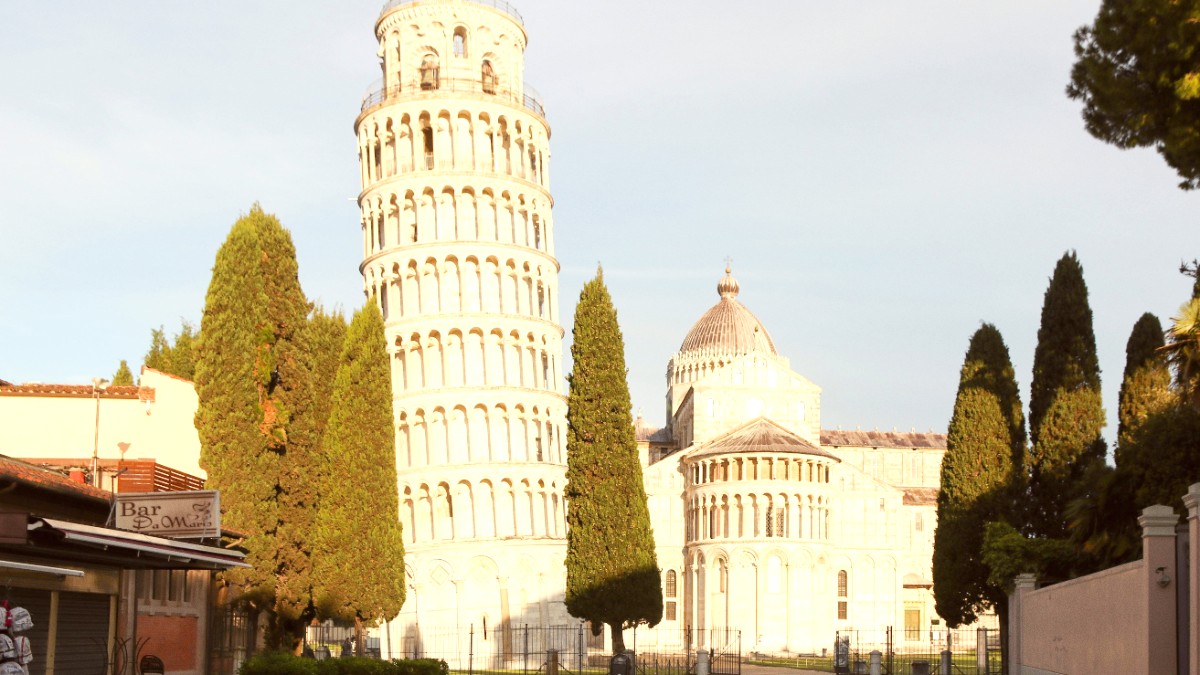
Tuscany, Italy
Pisa experiences a Mediterranean climate, characterized by warm, dry summers and mild, wet winters. Each season shapes the overall atmosphere of the city, influencing crowd levels, prices, and available activities.
Early spring can be cooler, while late spring brings warmer, almost summer-like days. Summer heat may feel less oppressive due to low humidity, but sun protection and hydration are always needed. Autumn brings crisp air and the rich hues of autumn foliage. Winter, while cooler, offers a quiet city experience.
Shoulder season (April-May, September-October) is generally considered the optimal time for a visit, balancing pleasant weather, manageable crowds, and moderate prices.
High season (June-August) brings beach weather but also large crowds and peak prices. Low season (November-March) offers fewer tourists and lower costs, but expects cooler, wetter conditions.
June - August
Best beach weather, full attraction schedules, long daylight.
Large crowds, higher prices, intense heat.
April-May, Sept-Oct
Pleasant temperatures, fewer crowds, moderate prices, harvest festivals.
Some shorter hours, potential rain, cooler water for swimming.
November - March
Fewest crowds, lowest prices, intimate city interaction.
Cooler temperatures, higher chance of rain, shorter daylight.
Temperatures occasionally go over 35°C (95°F). Carry a Reusable water bottle, seek shade from 1 PM to 4 PM, and wear lightweight clothing.
Rain can be persistent, leading to damp conditions. Waterproof outer layers, waterproof shoes, and a sturdy umbrella Compact umbrella are highly recommended. Cobblestone streets can be slippery when wet.
April-May and September-October for pleasant weather and manageable crowds.
June-August for swimming and sunbathing at Marina di Pisa or Tirrenia.
Spring and Autumn for comfortable temperatures in the countryside.
Autumn (Sept-Oct) aligns with grape and olive harvests.
Any time, but low season (winter) offers uncrowded experiences.
Italy is part of the Schengen Area, a zone of 27 European countries with no border control at their mutual borders.
Different nationalities have different entry requirements for Italy and the Schengen Area.
Immigration officers may request these documents upon entry, even if only your passport is typically asked for.
Costs vary based on your travel style, from budget-conscious to luxury. The Euro (€) is the currency in Italy.
ATMs (Bancomat) are widely available. Notify your bank about travel to avoid card issues. Inquire about foreign transaction fees.
Most hotels, mid-range to luxury restaurants, and larger shops accept major credit/debit cards (Visa, Mastercard common; Amex less so). Carry some cash (€50-€100 in small denominations) for small purchases, local markets, or independent establishments. Avoid airport currency exchange offices.
Check for "coperto" or "servizio" on the bill. If present, no extra tip is needed. Otherwise, round up the bill or leave a few euros for good service.
For quick coffee at the bar, leaving small change (€0.10-€0.50) is common.
Round up to the nearest euro; no further tip needed.
€1-€2 per bag for porters. €1-€2 per day for housekeeping upon checkout.
€5-€10 per person for an enjoyable guided tour.
Italy is a developed country with a good healthcare system and generally low crime rates, but awareness of common issues and preparedness are always beneficial.
Pisa is generally safe, but common sense precautions are always good.
No specific vaccinations are required for entry to Italy from most countries. Routine vaccinations are recommended.